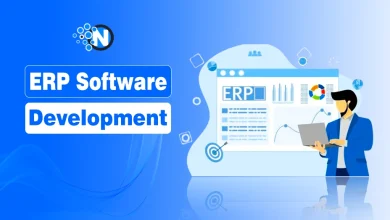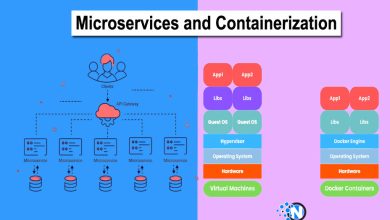How Much Does It Cost to Develop a Banking App in 2025?

Banking these days is not just about branches and ATMs; it’s about mobile access, real-time control, and user-first experiences. The number of people using mobile banking continues to grow rapidly, with Juniper Research forecasting over 4.2 billion mobile banking users by 2026.
With this demand comes opportunity, and pressure. Financial institutions and startups alike face one big question: how much will it cost to develop a banking app in 2025?
It will depend on a number of key factors, but proper planning and the right partner will go a long way toward cost optimization.
In this blog post, I will discuss how much it costs to develop a banking app and what factors influence the development cost.
Let’s start!
What Influences the Cost of Developing a Banking App?
A combination of strategic and technical choices shapes the cost of banking app development. Let’s look at four fundamental areas:

1. Features and Complexity
The simplest banking app, which allows managing accounts, transfers, and notifications, is cheaper than the app that adds some AI-driven insights, a crypto wallet, or investing capabilities to it. The sophisticated the functions, the more time and money it needs.
2. Design and User Experience
A smooth, intuitive, and visually appealing interface is critical in the competitive fintech space. UX research, user testing, and custom animations all add to the budget, but also to customer satisfaction and retention.
3. Platform and Tech Stack
The creation of an iOS and Android native app for them presupposes the efforts of two different developments, whereas cross-platform solutions such as Flutter or React Native will be faster and less expensive to implement, both in terms of cost and project timeframe, specifically goal-fit in MVPs or startups.
4. Security and Compliance
In fintech, security is not optional. Features like two-factor authentication, encryption, fraud detection, and compliance with PSD2, GDPR, and PCI DSS are essential, and they come with their own cost considerations.
Banking App Features That Affect Price
The more functionality you add, the higher the development cost. Here are common examples:
Basic features:
- User registration and KYC onboarding
- Bank transfers and bill payments
- Balance tracking and transaction history
- Push notifications
Advanced features:
- Chatbots and AI assistants
- Budgeting tools with machine learning
- Integration with investment portfolios
- Biometric authentication (face/fingerprint)
- Voice-enabled banking commands
- Crypto transactions
Advanced features require more engineering time and testing, particularly when integrating external APIs or third-party services.
Native vs Cross-Platform Development
Native development (separately for iOS and Android) offers the best performance and user experience, but is time-consuming and costly. Cross-platform development allows you to launch faster using a shared codebase — ideal for lean startups looking to validate an idea or reach both platforms at once. Still, for complex features or large user bases, native may be worth the investment.
What Is the Average Cost of Developing a Banking App?
The range varies significantly depending on your feature list, technology stack, and region of your development partner. In general:
- A basic MVP banking app may cost between $80,000 and $120,000
- A fully featured enterprise-grade solution may cost $150,000 to $300,000 or more
These figures reflect design, development, QA, DevOps, security integration, and post-launch support. As Forbes notes, up to a quarter of the cost of fintech apps goes into security and compliance alone, a non-negotiable investment in today’s regulatory environment.
How to Choose the Right Development Partner
Choosing the right fintech partner is often more impactful than choosing your tech stack. A specialized banking app development company brings not only development skills but also industry knowledge, pre-built solutions, and experience in regulatory compliance.
Why Agilie?
Agilie is a trusted fintech development company with a proven track record in mobile banking. Their team has a solid foundation of subject matter expertise and cross-functional experience in backend architecture, DevOps, design, and security.
Be it your first MVP or legacy system scaling, Agilie has the solutions that guarantee the security and compliance of your app and make it super scalable and a pleasure to use. They organize their work in sprints and deliver frequent demos and continue working after the launch to keep the development of your product.
Summing Up
The cost of developing a banking app in 2025 depends on the complexity of the project, your platform choices, design ambitions, and especially your approach to security. Startups and financial institutions should budget wisely and choose an experienced tech partner to reduce risk and maximize product value.
Ultimately, building a great banking app is not just about writing code; it’s about delivering a secure, smooth, and scalable experience that customers trust.




